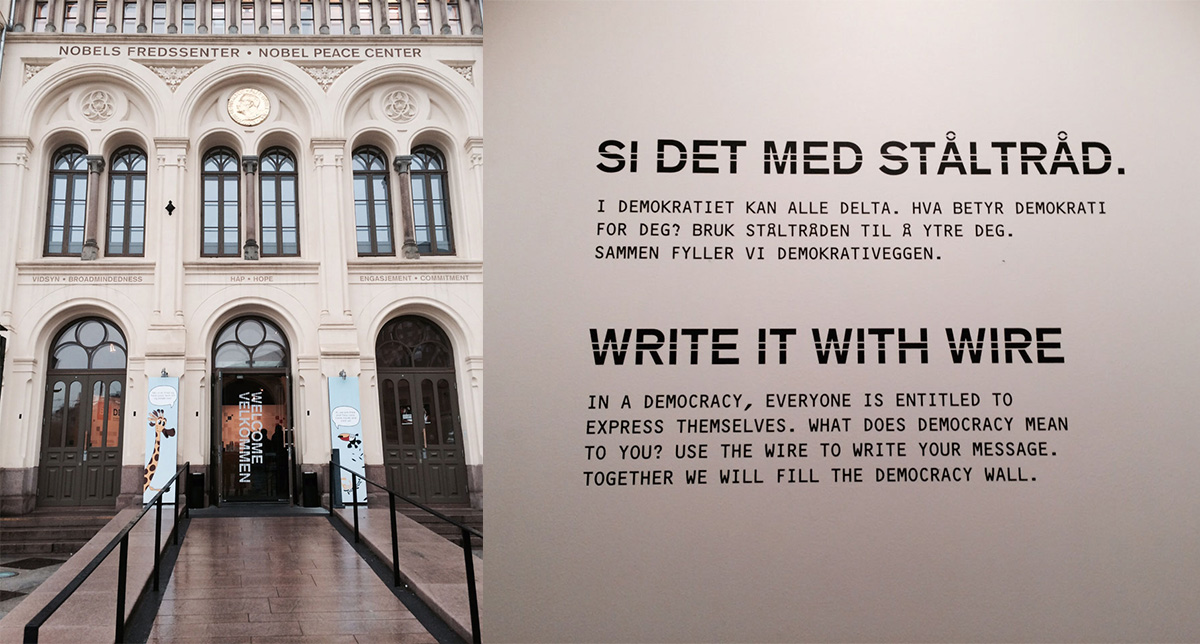Participatory installations offer unique opportunities to share perspectives and see our experiences in the context of others, making the act of participation valuable in itself.
Death and the Service Experience
How might we design kind and human-centred service experiences when our ‘customer’ has died?


